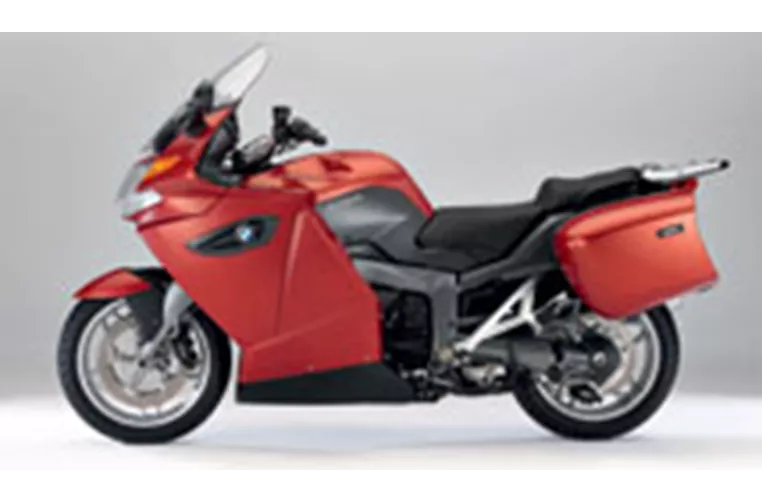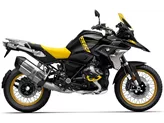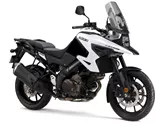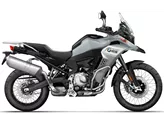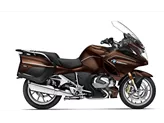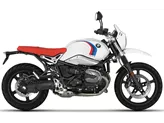BMW K 1300 GT 2009 vs. BMW R 1200 GS 2015

BMW K 1300 GT 2009

BMW R 1200 GS 2015
Overview - BMW K 1300 GT 2009 vs BMW R 1200 GS 2015
The BMW K 1300 GT model year 2009 and the BMW R 1200 GS model year 2015 are both impressive motorcycles with their own unique features and strengths.
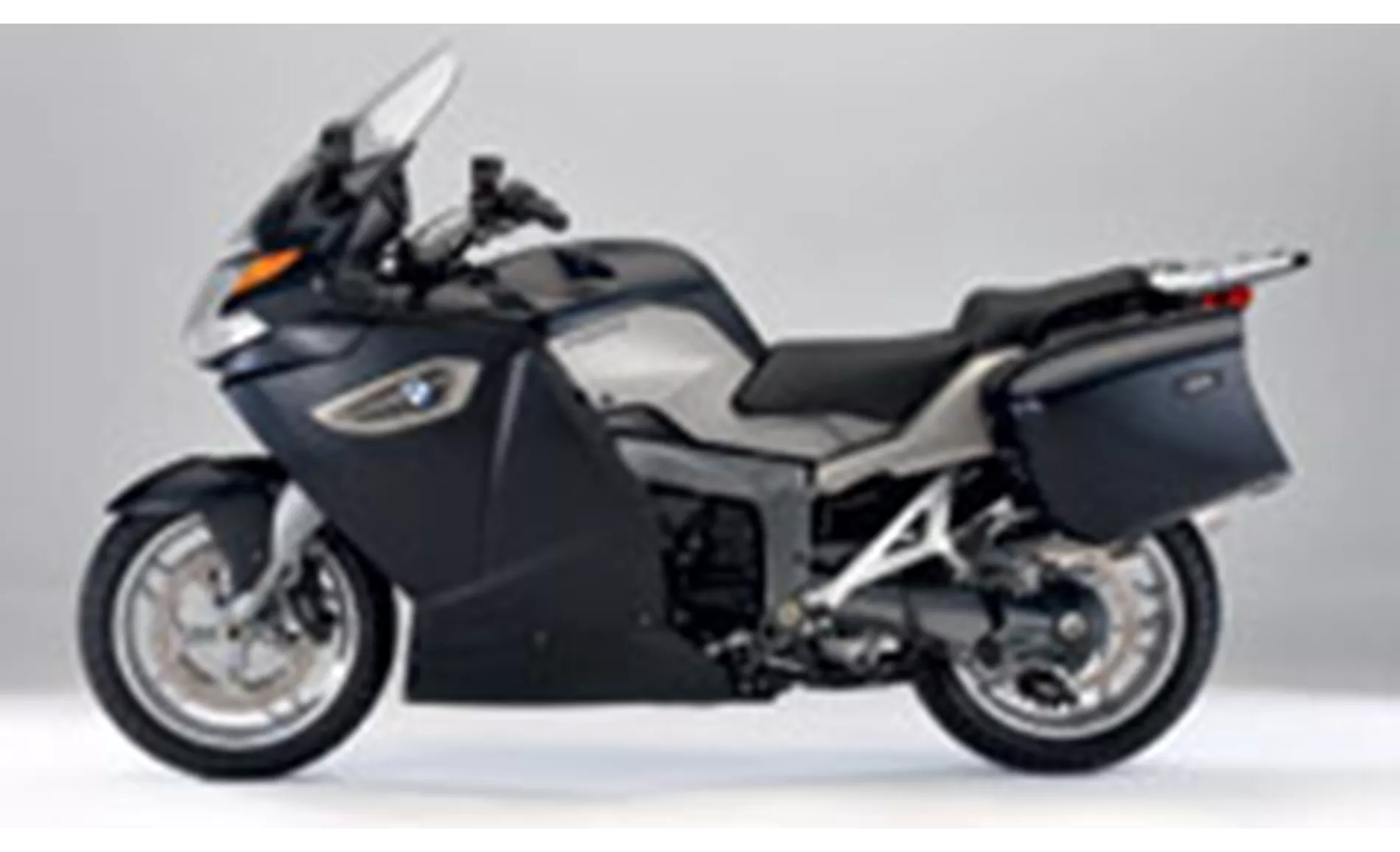
BMW K 1300 GT 2009
Starting with the BMW K 1300 GT 2009, it boasts a powerful in-line engine with a displacement of 1293cc. This engine produces an impressive 160 horsepower and 135 Nm of torque, providing the rider with a thrilling and exhilarating riding experience. The transmission is a prop shaft, which ensures smooth and efficient power delivery to the rear wheel. The bike also features a strut front suspension and a paralever rear suspension, ensuring a comfortable and stable ride. The front and rear tire diameters are both 17 inches, providing good stability and grip on the road. The wheelbase is 1572mm, offering stability at high speeds, and the seat height is 820mm, providing a comfortable riding position for most riders. The fuel tank capacity is 24 liters, allowing for long-distance rides without frequent refueling. One of the notable strengths of the K 1300 GT is its efficient windshield, which helps to reduce wind buffeting and provides a more relaxed riding experience. However, it does have a weakness in handling disadvantages in bends, which may affect its performance in tight corners.
On the other hand, the BMW R 1200 GS 2015 is an enduro motorcycle that offers a versatile riding experience. It is equipped with a boxer engine with a displacement of 1170cc, producing 125 horsepower and 125 Nm of torque. This engine provides ample power for both on-road and off-road riding. Similar to the K 1300 GT, it also features a prop shaft transmission for smooth power delivery. The front suspension is a strut, while the rear suspension is a single swing arm, providing a comfortable and stable ride in various terrains. The front tire diameter is 19 inches, offering better off-road capabilities, while the rear tire diameter remains at 17 inches. The wheelbase is slightly shorter than the K 1300 GT at 1507mm, which may affect stability at high speeds. The seat height is 850mm, providing a comfortable seating position for most riders. The fuel tank capacity is 20 liters, which is slightly smaller than the K 1300 GT but still allows for decent range. One of the notable strengths of the R 1200 GS is its powerful engine, which provides excellent acceleration and performance. It also has a reputation for being a reliable and versatile motorcycle that can handle both on-road and off-road adventures. However, it does have a weakness in the form of a long and expensive surcharge side, which may be a drawback for some potential buyers. Additionally, the Telelever front suspension may take some getting used to, and the brakes are reported to be very sharp, requiring careful modulation.

BMW R 1200 GS 2015
In conclusion, both the BMW K 1300 GT 2009 and the BMW R 1200 GS 2015 are impressive motorcycles with their own strengths and weaknesses. The K 1300 GT offers a powerful engine, relaxed riding feel, and efficient windshield, while the R 1200 GS provides a powerful engine, low fuel consumption, and a comfortable seating position. However, the K 1300 GT has handling disadvantages in bends, while the R 1200 GS has a long and expensive surcharge side and sharp brakes. Ultimately, the choice between the two will depend on the rider's preferences and intended use of the motorcycle.
Technical Specifications BMW K 1300 GT 2009 compared to BMW R 1200 GS 2015
Pros and Cons in comparison
Pros and Cons in comparison
BMW K 1300 GT 2009
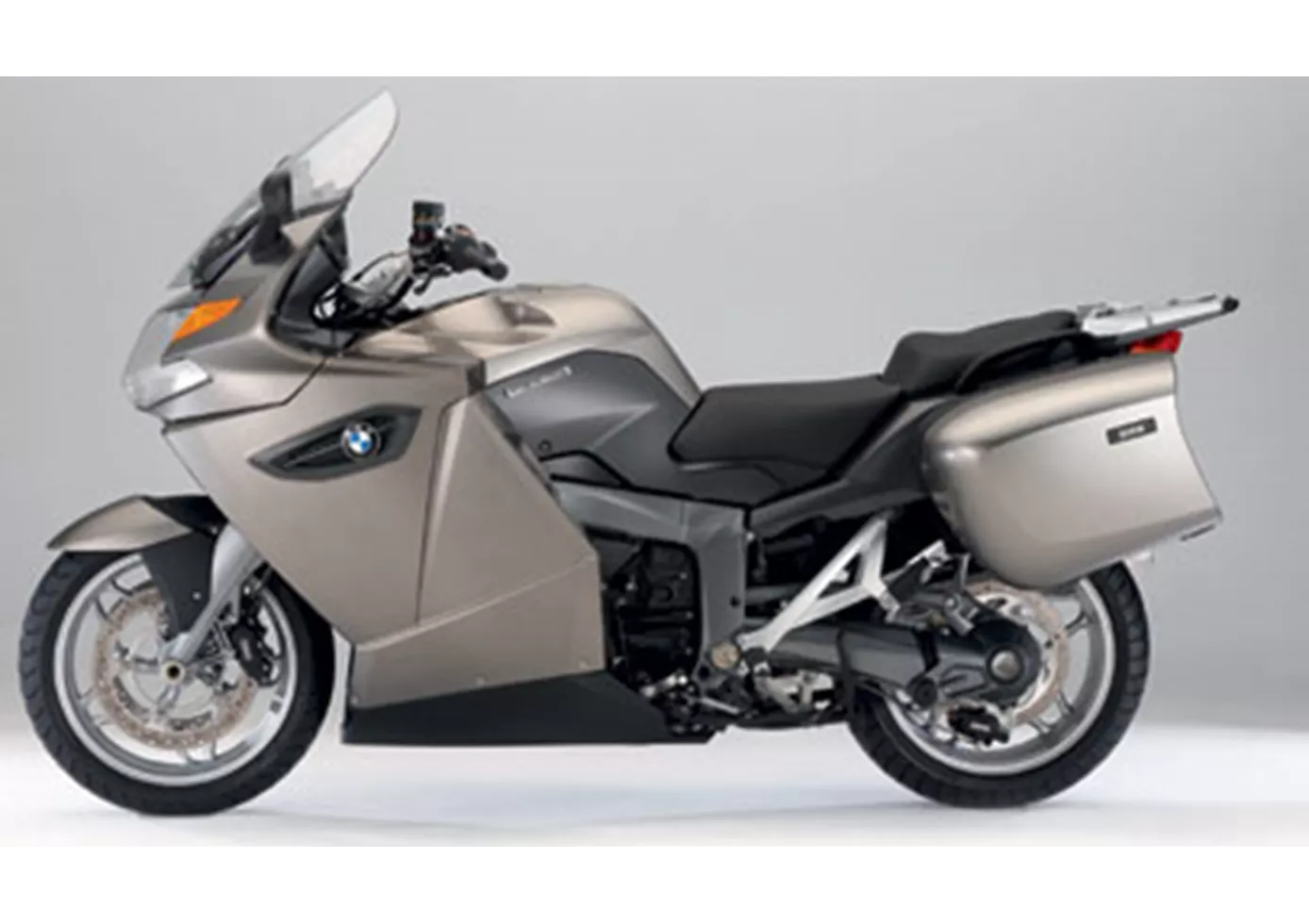
The engine now produces 160 hp and 135 Nm. This should make further comments on driving performance superfluous. Sitting upright with the windshield extended, you can accelerate to over 250 km/h with absolute ease. Only at this point do you start to think a little about the poor engine - below this, it is simply completely underpowered, always and everywhere.
BMW R 1200 GS 2015

A GS is at home almost anywhere - but only to a limited extent on the racetrack. It's a pleasure to feel the power of the partially water-cooled boxer twin cylinder on the exit of the bend - 125 hp only seems much weaker on paper than 150 or even 160 hp on the competition. With 125 Newton metres of torque, the acceleration from the bottom is superb anyway and the GS, at 238 kilos ready to ride, does not carry too much flab despite its bulky appearance. In very tight corners, the low centre of gravity also has a positive effect - the BMW R 1200 GS is very hard to crack! Even the front telelever suspension, which suppresses the front wheel's tendency to sink in when braking, fits perfectly into the overall package on the GS and can only slightly detract from its sporty character.
Price Comparison Avarage Market Price BMW K 1300 GT vs BMW R 1200 GS
There are a few key differences between a BMW K 1300 GT 2009 and a BMW R 1200 GS 2015. In terms of price, the actual average price of a BMW R 1200 GS 2015 is about 42% higher. A BMW K 1300 GT 2009 experiences a loss of 40 GBP in one year and 1,320 GBP in two years of ownership. This is offset by a loss of 450 GBP and 1,080 GBP for a BMW R 1200 GS 2015. Compared to BMW R 1200 GS 2015 there are less BMW K 1300 GT 2009 bikes available on the 1000PS.de Marketplace, specifically 7 compared to 47. It takes less time to sell a BMW K 1300 GT with 65 days compared to 66 days for a BMW R 1200 GS. Since model year 2009 1000PS.de editors have written 3 reviews for the BMW K 1300 GT and 98 reviews for the BMW R 1200 GS since model year 2005. The first review for the BMW K 1300 GT was published on 10/10/2008 and now has more than 13,700 views. This compares to more than 19,100 views for the first review on BMW R 1200 GS published on 20/01/2004.
